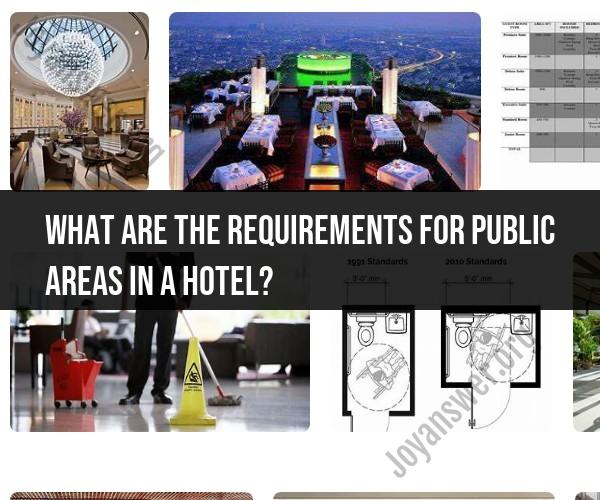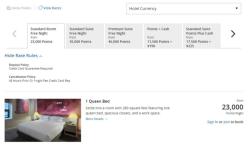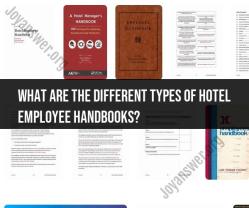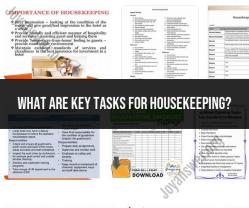What are the requirements for public areas in a hotel?
Public areas in hotels are critical spaces that shape guests' first impressions and overall experiences. These areas must meet specific requirements and standards to ensure safety, comfort, and aesthetics. The requirements for public areas in a hotel typically include the following aspects:
Safety and Accessibility:
- Compliance with local building codes and accessibility regulations (e.g., ADA in the United States) to ensure that public areas are safe and accessible to all guests, including those with disabilities.
- Adequate lighting to enhance safety and visibility, especially in corridors, stairwells, and emergency exit routes.
Furniture and Seating:
- Well-maintained and comfortable furniture and seating arrangements in common areas, such as lobbies, lounges, and reception areas.
- Proper spacing of seating to allow for easy movement and social distancing when necessary.
Décor and Aesthetics:
- Interior design and décor that reflect the hotel's theme, brand identity, and desired atmosphere.
- Regular maintenance and cleanliness of decorative elements, including artwork, plants, and wall coverings.
Flooring and Carpets:
- Clean and well-maintained flooring, including carpets, tiles, or hardwood, to enhance aesthetics and safety.
- Adequate slip resistance and the absence of tripping hazards.
Signage and Wayfinding:
- Clear signage to guide guests to various areas within the hotel, including guest rooms, restaurants, elevators, and amenities.
- Signage indicating fire exits, emergency routes, and evacuation plans.
Accessibility Features:
- Provision of amenities to accommodate guests with disabilities, such as ramps, elevators, accessible restrooms, and designated parking spaces.
- Tactile signage and braille for guests with visual impairments.
Cleanliness and Hygiene:
- Regular cleaning and maintenance of public areas, including restrooms, to maintain high hygiene standards.
- Adequate waste disposal options and recycling facilities.
Security and Surveillance:
- Adequate security measures, including surveillance cameras, security personnel, and access control systems, to ensure the safety of guests and property.
Amenities and Services:
- Provision of guest services in public areas, such as concierge services, information desks, and baggage storage.
- Well-maintained amenities, such as swimming pools, fitness centers, and business centers.
Noise Control:
- Effective noise control measures, such as soundproofing materials and policies, to minimize disturbances for guests staying in adjacent rooms or using public areas.
Fire Safety:
- Compliance with fire safety regulations, including the installation of fire alarms, sprinkler systems, and clear exit signage.
- Regular fire drills and staff training in fire evacuation procedures.
Health and Sanitization (Post-Pandemic Considerations):
- Implementation of health and sanitization protocols, such as hand sanitizing stations, social distancing measures, and enhanced cleaning procedures, as required in response to health crises like COVID-19.
Hotel operators and management should regularly assess and maintain public areas to meet these requirements and standards. Guest satisfaction and safety are top priorities, and ensuring that public areas are well-managed and inviting contributes significantly to a positive guest experience.
Hotel public areas are the spaces that are accessible to all guests, such as the lobby, hallways, elevators, stairwells, restaurants, bars, and meeting rooms. These spaces must meet a variety of regulatory and service requirements in order to be safe and comfortable for guests.
Regulatory Requirements
Hotel public areas must comply with a variety of regulations, including building codes, fire codes, and accessibility laws. Building codes ensure that the spaces are structurally sound and that they meet certain safety standards. Fire codes ensure that the spaces are equipped with adequate fire safety features. Accessibility laws ensure that the spaces are accessible to guests with disabilities.
Service Requirements
Hotel public areas must also meet a variety of service requirements in order to provide a positive guest experience. These requirements include cleanliness, maintenance, and customer service. Hotel staff must regularly clean and maintain the public areas, and they must be responsive to guest needs.
Designing Hotel Public Spaces
When designing hotel public spaces, it is important to consider both regulatory and service requirements. The spaces must be safe, accessible, and comfortable for guests, and they must also be functional and efficient for hotel staff.
Some key considerations for designing hotel public spaces include:
- Traffic flow: The spaces should be designed to allow for smooth traffic flow, especially during peak times.
- Accessibility: The spaces should be accessible to guests with disabilities. This includes providing ramps, elevators, and accessible restrooms.
- Safety: The spaces should be well-lit and free of hazards.
- Comfort: The spaces should be comfortable for guests to spend time in. This includes providing adequate seating, comfortable furniture, and a pleasant atmosphere.
- Functionality: The spaces should be functional for hotel staff. This includes providing adequate storage space and access to utilities.
Hospitality and Public Spaces: Compliance and Guest Experience
Hotel public spaces are an important part of the guest experience. By complying with regulatory requirements and designing the spaces to meet the needs of both guests and staff, hotels can create public spaces that are safe, comfortable, and enjoyable for everyone.
Here are some additional tips for designing and managing hotel public spaces:
- Use a variety of seating options: Provide a variety of seating options, such as sofas, chairs, and tables, to appeal to different types of guests.
- Create a sense of place: Use design elements such as artwork, plants, and furniture to create a unique sense of place in each public space.
- Provide amenities: Provide amenities such as free Wi-Fi, charging stations, and water dispensers to make guests' stay more comfortable.
- Maintain the spaces: Regularly clean and maintain the public spaces to keep them looking their best.
- Train staff: Train staff to be welcoming and helpful to guests.
By following these tips, hotels can create public spaces that are both compliant and guest-friendly.









